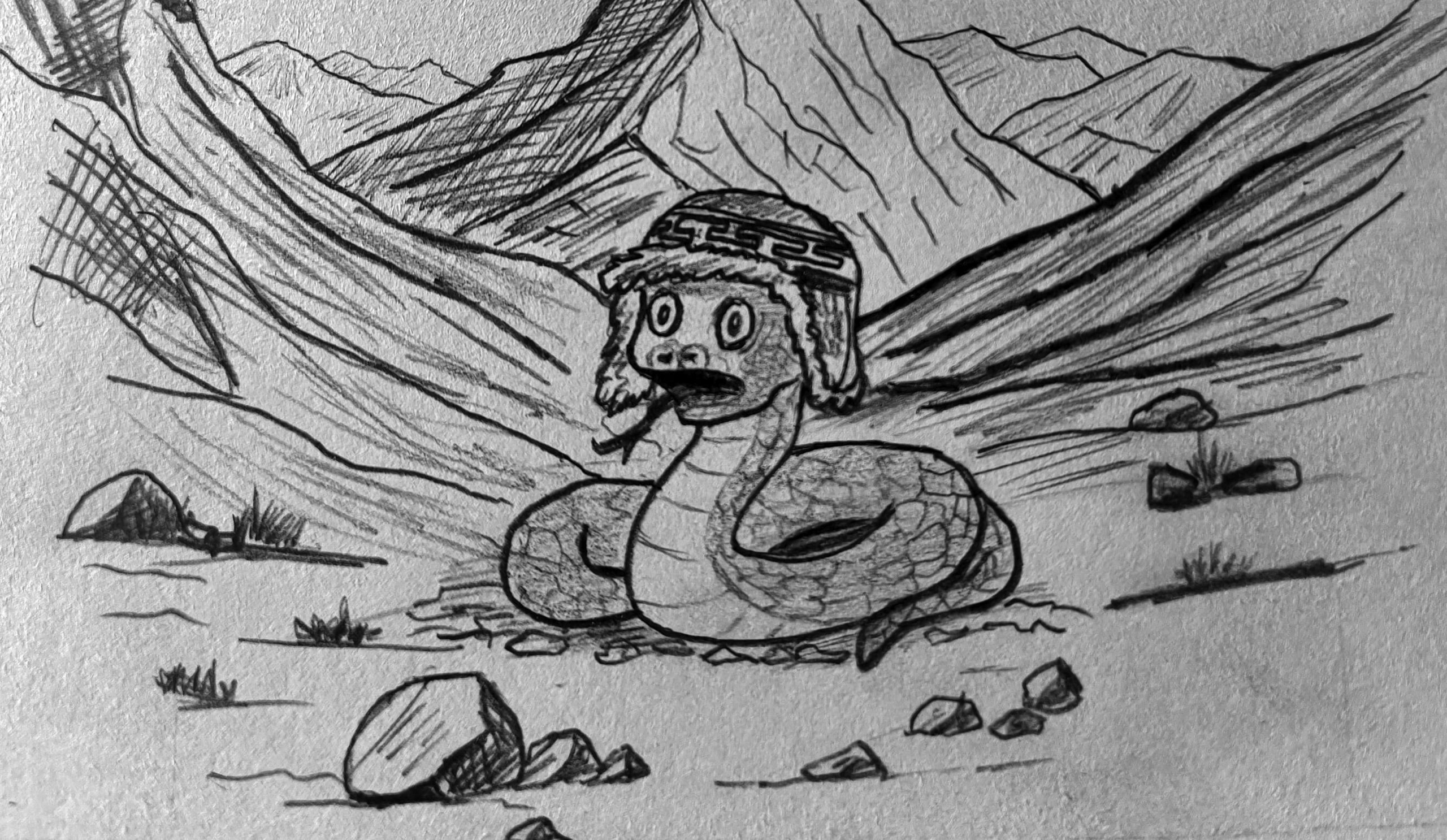A small bite and a big question

In June 2025, an unusual case was reported on the Integrated Disease Surveillance Programme (IDSP) portal from Community Health Centre, Khaltsi. It was a case of snake-bite and is possibly the first documented case of snake-bite from Ladakh. In surveillance terms, it was reported as a ‘probable’ snake-bite. However, it was real in every sense with a clearly visible fang mark.
Though formal reports are rare, anecdotal accounts and informal sightings have been surfacing over the years especially from the western regions of Ladakh, including Kargil district and the Sham area of Leh district. There are no historical records of venomous snakes from these regions.
For decades, Ladakh has been considered too cold, too dry, and too high for snakes. This is not entirely true. In warmer regions of Leh such as Sham and Kargil sightings have been trickling in over the years. There have been whispers of thin black snakes winding through sun-warmed rocks. They are not known to be dangerous and possibly not venomous in any threatening sense. Sources on the internet indicate the presence of a species called Ladakh cliff racer (Platyceps ladacensis), which is considered to be non-venomous for humans. Its presence has been mentioned as early as 1871 by Scottish zoologist and anatomist, Dr John Anderson.
The absence of previously documented snakebite cases from this region may in partbe attributed to minimal disturbance of the natural habitats of these species in the past. However, rapid development in the form of road construction and infrastructure expansion more recently has led to degradation and fragmentation of habitats contributing to an increase in snake-human interactions. This may lead to a provoked bite i.e. a bite in self defence.
In addition to this native species, there had been instances in which snakes reach Ladakh from other parts of the country. They come hidden in cargo, especially hay, which is transported by trucks to Ladakh in the summer. These non-native snakes have occasionally made an entirely unexpected appearance in Ladakh. There was once a case of a cobra that was found in Ladakh. It possibly reached here on a truck. Thankfully, it was captured and sent back to Jammu, almost like an accidental tourist that has overstayed its welcome! The incident was likely a bite by a local non-venomous snake, but it cannot be overlooked. There have been instances of dangerous snakebites by displaced and transported snakes that do not belong to the specific place.
It is prudent for healthcare workers to be trained in the management of snakebites, and for health facilities in Ladakh to start stocking snake anti-venom, regardless of whether the region is endemic for snakes. There is growing evidence that climate change and ecological shifts are changing the distribution patterns of various species and whole ecosystems.
For now, this case remains an anomaly. The old maps of what belongs and what doesn’t are blurring amid growing connectivity, climate change, migration, and changing living conditions across regions. In addition, with climate change, ecosystems are also shifting and moving, and snakes may very well be early messengers of a world that is re-arranging itself. As I write this, news has emerged of king cobra sightings near Mount Everest in Nepal—a development that has startled scientists! In addition to preparing our healthcare system for such emerging challenges, perhaps we must begin to listen not just to data. We should possibly also listen to what the snakes have to say. Perhaps what we are witnessing is just not a warning but a distress call from the displaced and the disturbed. They seem to tell us to listen more carefully to the land, its native creatures, the weather and everything around us. They also tell us about all the creatures that arrive quietly, unexpectedly, or unwantedly. Sometimes, some of them leave behind a big scar and many questions.
Text by Dr Spalchen Gonbo
Sketch by Padma Stanzin Dawa
Dr Spalchen Gonbo is a Paediatrician based in Ladakh.
Padma Stanzin Dawa is pursuing a Master's degree in Environmental Science and Anthropology. He enjoys learning new things and loves drawing in his free time.
